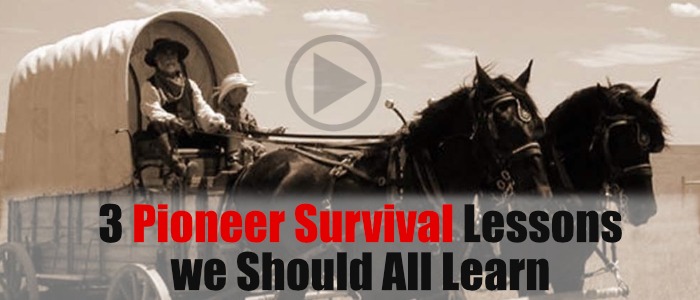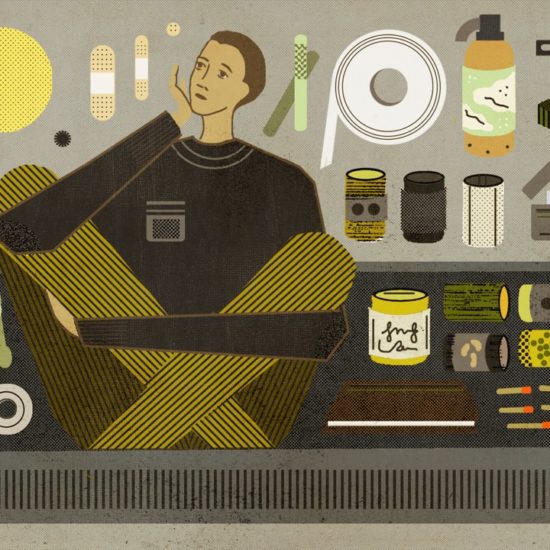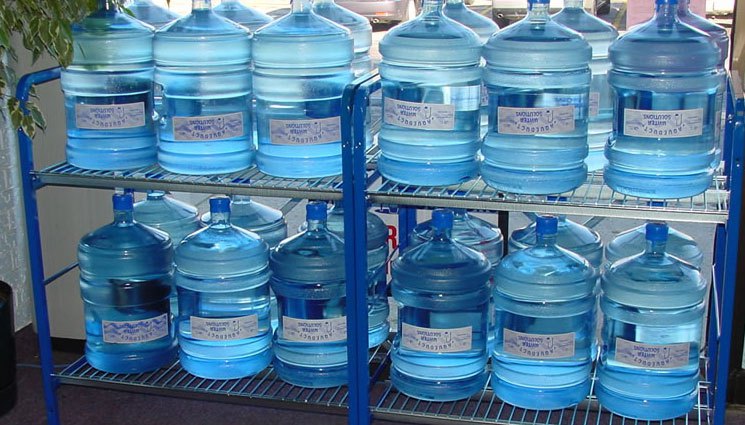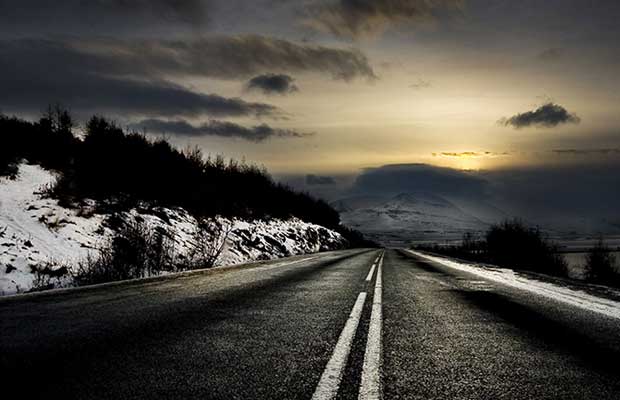
Oh, if I only had a million dollars I could purchase everything I think I could need if the grid went down for good. I tell myself that sometimes when I am driving around thinking about everything still to be done and I guess that I use that as an excuse for any shortcomings in my plan. Taking steps to be more prepared when you start to plan for a lot of contingencies can quickly start hitting the wallet and if you aren’t careful your new found hobby of urgent acquisition of survival gear and supplies can hurt your finances and possibly your relationship with your spouse.
When I compiled my list of everything I needed to have to be what I considered as fully “Prepared” it was a long list of items that cost a pretty good chunk of change. Most of us aren’t independently wealthy so the accumulation of the general understanding of the bare minimums can take a while. If you are just starting your journey towards being more prepared, the costs themselves can dissuade you or at least make you worried that you will never have enough money.
Each individual has their own idea of what being prepared looks like. For some, it may require 200 acres, a bulletproof Hummer and matching Barrett .50 sniper rifles. Being prepared can cost a small fortune, but it doesn’t have to. There are a lot of simple ways you can begin to adopt a posture of preparedness that will allow you and your family to start working towards being much more prepared without breaking the bank.
Start A Garden
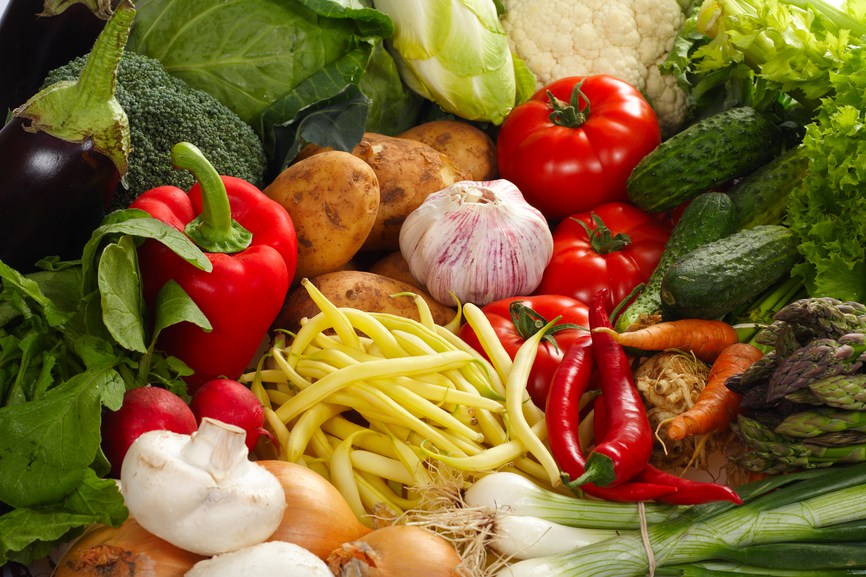
You can’t even begin to think you are prepared if you don’t have a way to feed yourself. Food is one of the most fragile infrastructure dependencies most of us have. If you purchase all of your food from a grocery store, what will you do if the doors are shut? Better yet, what will you do if because of a shortage or riot, there is no food left in the grocery stores?
Having a garden now will ensure you have a way to feed yourself that isn’t dependent upon trucks bringing food to the local supermarket chain. If you have a garden, you have a method of creating your own food supply and that can mean the difference between life and death. There are a lot of articles in our gardening section of this site, but this concept is one that each family needs to take care of now. Preparing a garden isn’t something you can do overnight. Even if you can, food takes months in most cases to mature so this crucial aspect of prepping is not something you want to wait on until the riots break out.
Why is this an affordable step you can take? Gardens can cost a good bit of money to get started, but you can build your own growing space for nothing much more than hard work and time. Provided you have the tools to turn your plot of land and prepare the soil, seeds are very cheap. Try buying 100 beet plants worth of beets at the grocery store. Buying seeds and growing your vegetables from seed is not without some trial and error, but you will be learning in the process and the final result will be more than worth it.
Purchase A few Extra days of Food
Continuing on the food theme, since that is what I think is the most fragile dependency we have most people who are prepping want to stock up on foods. This is another great idea for the same reasons as mentioned above, but if you are like our family, the grocery budget is already pretty high. Freeze-dried food isn’t as cheap as store-bought food although it has its advantages too. How can you begin to build up your food storage without taking out a small loan or selling one of your children to the Gypsies?
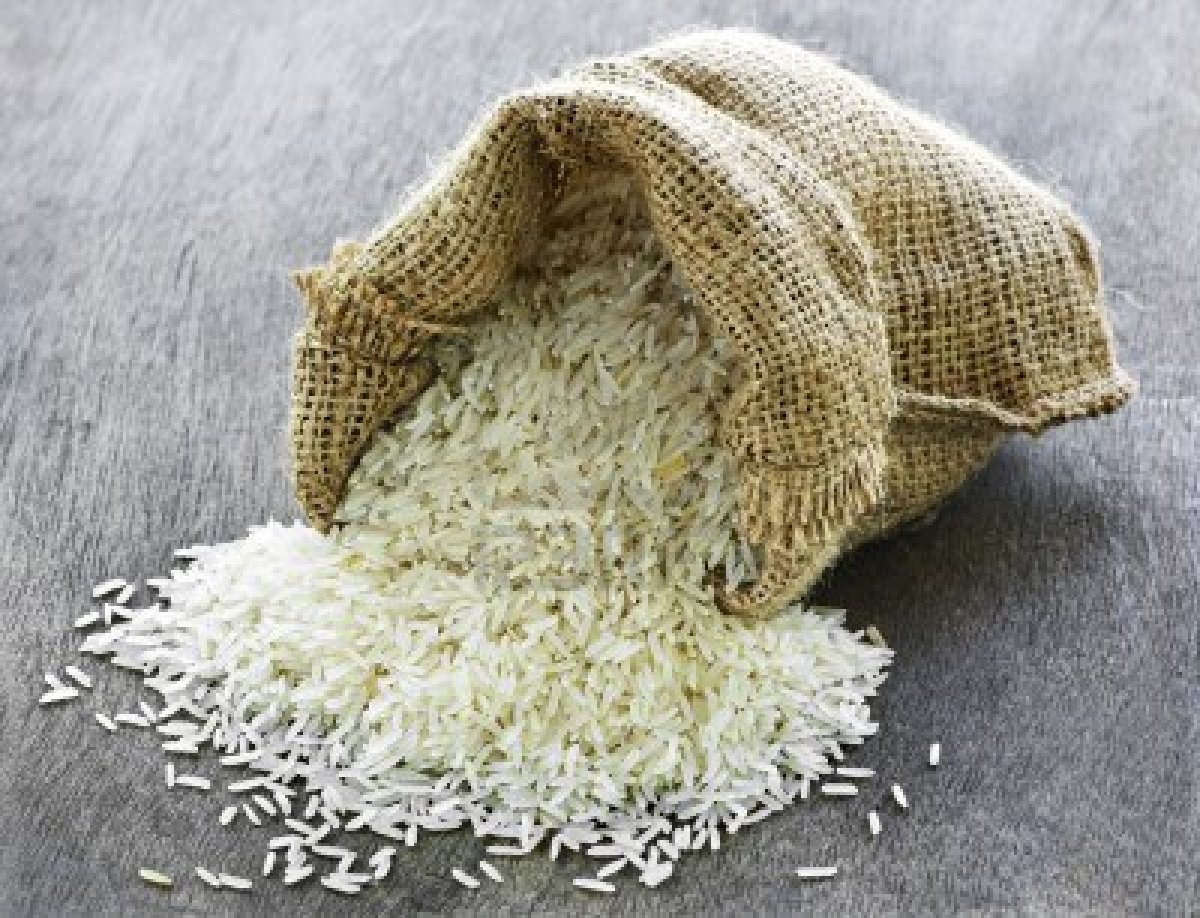 Rice is very cheap considering how much food you get.
Rice is very cheap considering how much food you get.
Start small. First, it’s a good idea to take a breath and see what you have on hand already. I would make sure you know what is in that pantry and get rid of any foods that are expired. Cleaning out your area for food storage and devising a system to organize your food, if you don’t have one already will make it more clearly visible when you try to see what you need more of. Most people simply need more of everything so choosing items to buy isn’t really the tough part, but doing this economically can be.
I wrote a simple plan for how to purchase a 30 day supply of food for around $500 but even that can be too expensive so what can you do to ensure your family’s food security for less than the price of a new iPhone? Rice and beans! Yes, they are simple but they are about the cheapest long term storable foods you can buy. A 50-pound bag of rice is still only going to be about $20 and they have enough food for 504 servings. That can feed a family of 4 for 42 days. Granted, there won’t be a whole lot of variety in your diet and there are cooking considerations but this is a very cheap way to get a jump start on food storage without breaking the bank. Now, if you buy about 10 bags of beans at about $5 per bag, you increase your servings to well over 1000. For the longest shelf life, you want to ensure your food is sealed in 5-gallon buckets, but this right here will give you a huge leap forward in survival and it should be cheaper than a night out to dinner and a movie.
Store 25 gallons of water
Water, water everywhere, at least that is what you hope for. Water is essential to living and actually should be higher in priority than food, but I had to start somewhere. The average person needs a gallon of water each day. That doesn’t account for extreme temperatures or water loss through sweat due to physical exertion or illness. Water is also the simplest item to collect and store for just about anyone. The good news is that most of us have already paid for the water, so we just need a way to store it.
A family of 4 will need 28 gallons of water at a minimum to last for a week. That is 28-gallon jugs, 5 and a half 5-gallon jugs or less than a quarter of a rain barrel. I would recommend having all three if possible. You can get used plastic barrels from a lot of places and there are plans all over the internet on how to build a rainwater system. This used in conjunction with storing water inside will ensure you have enough to begin thinking about other things. Start off with 28 gallons and move up to 50. If you make one rain barrel, make another for 100 gallons of water just in case.
Now, the water you collect will need to be filtered or boiled, but having it on hand will need to come first. You can’t filter what you don’t have.
Read A book
Reading is how I started down the road of prepping myself. I started reading a couple of fiction novels and then went online to investigate some of the information I read in there and that led me to other sources. You can get down all manner of rabbit holes if you sit in front of a computer long enough. With prepping blogs, survival websites and YouTube, you can essentially get a master’s degree in prepping just by sitting at your computer.
In addition to fiction, there are tons of resources you can read that cover everything from basic survival, growing gardens, homesteading skills, wild plant identification, security and on and on.
Taking a course offered by your local Red Cross chapter is another low to a no-cost way of gaining skills and information.
Make a survival plan
Making a plan doesn’t cost anything and actually it is what I would do first after reading a good bit on what you think you need to know. Like any really good plan, yours might change as your skills or resources do, but I find that it is helpful to put things down on paper. I am not a big note taker usually, but I still have the list that I wrote out back in 2008 of everything I thought I needed. Deciding whether or not you will bug out or hunker down will help refine your list as well as supplies you already have when taken into consideration of the larger set of items you need. Writing down your plans can help prompt you to add to that list when you consider items and where your family needs to make changes.
Hopefully, this gives you some ideas. Please share your own ideas for how to begin prepping in affordable ways below.



